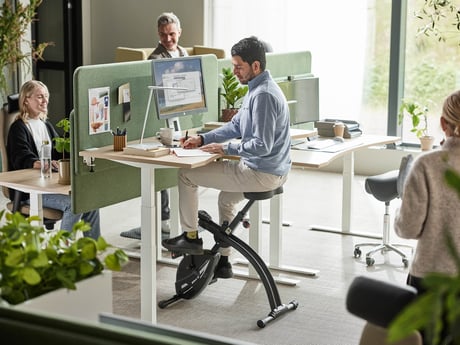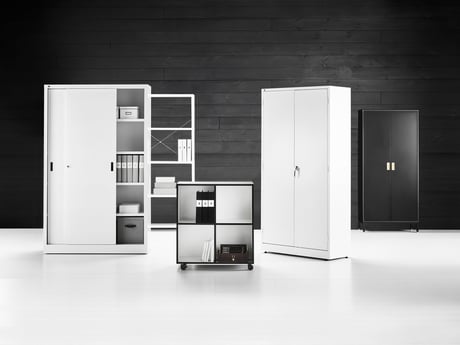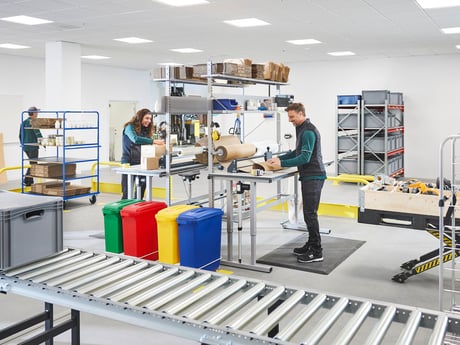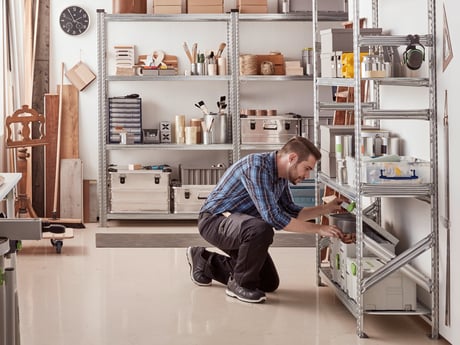- AJ Products UK
- Blog: Tips to Inspire Happiness at Work
- Tips & trends
- Could your meetings be more effective?
Could your meetings be more effective?
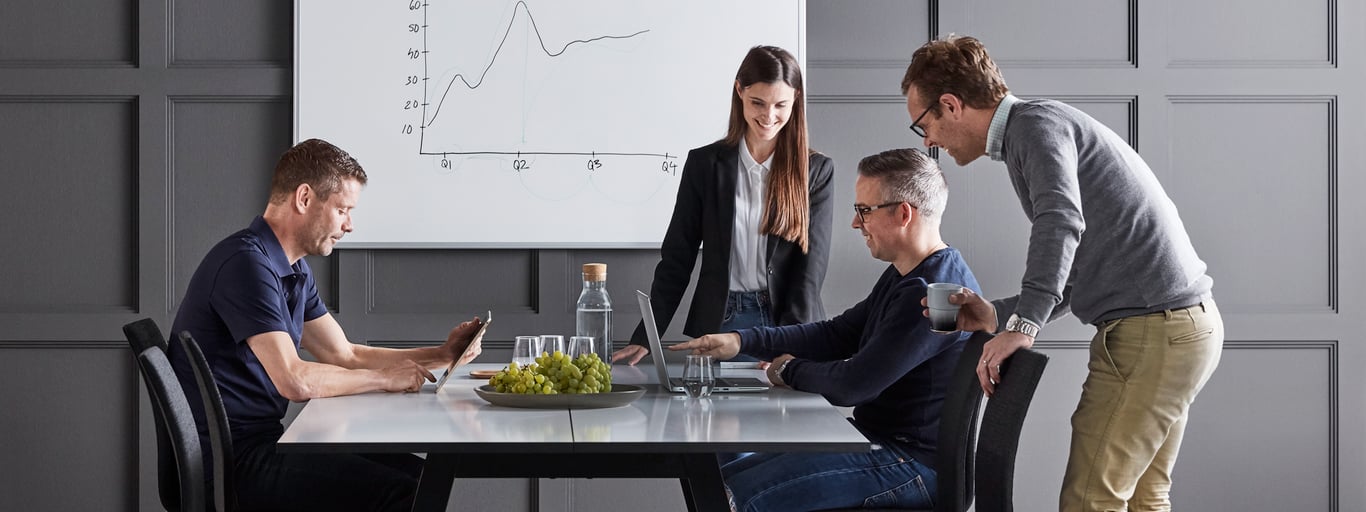
Meetings are a big part of many people's workdays. They are an important tool for developing businesses and encouraging cooperation between employees, but many meetings are ineffective. It is estimated that professionals in the UK spend two hours per week - or 13 working days a year - in pointless meetings. In fact, just one third of all meetings are productive. This is at significant cost to your business in lost productivity and wasted resources. How can you improve meetings in your business?
To create effective meetings, the biggest challenge is ensuring you have a clear purpose and goal. Is it purely an informational meeting or do you want other employees to participate? Let attendees know the purpose in advance so that they know what is expected of them and can prepare.
Be sure to start and finish the meeting at the appointed time, even if some participants are late. Remember to take notes so that it is easier to follow up on decisions and queries afterwards. It is a good idea to set a policy on mobile phone use during meetings to prevent interruptions.
How to hold the right type of meeting
It's easy to become blind to flaws in the way we work and continue to do what we've always done. This is particularly true when it comes to meetings. In many workplaces, every meeting is held around the same conference table. However, for the meeting to be successful, it is important to think about what type of set up would work best and vary your settings accordingly.
Traditional meetings where you sit around a table are suitable for formal meetings and decision-making. Such meetings often have a chairman and a clear agenda. If the meeting is very structured, it can be both efficient and timesaving. However, traditional meetings run the risk of inhibiting creativity and making participants passive.
Standing meetings are suitable for daily roundups and quick updates. The meetings are short and effective, leading to quick decisions. When we stand up, we are more alert and engaged. An easy way to encourage this change is to invest in height-adjustable conference tables that are suitable for both sitting and standing meetings. During standing meetings, you can also gather around a whiteboard or flip chart to brainstorm.
"Walk and talks" outdoors are good for deep, relaxed discussions in smaller groups (up to a maximum of five people). In addition, it is perfect for getting the creative juices flowing. Research shows that we think more creatively when we are outdoors compared to sitting inside. During the walk, you get fresh air, light and a natural energy boost. Walk and talks require no special equipment, but keep in mind that participants will want to wear comfortable shoes so let them know in advance.
Creative meetings help you find new perspectives, solutions and opportunities. As with all types of meetings, it is important that there is a clearly stated purpose but skip the agenda and don’t plan for one person to lead. Creative meetings are about interacting, exchanging thoughts, thinking outside the box and brainstorming with each other. Use whiteboards, post-it notes or other tools to visualise thoughts and ideas. Creativity comes more naturally when people are comfortable so perhaps gather on sofas or in breakout spaces instead of sitting around a conference table. Feel free to take breaks and change the environment for new inspiration.
